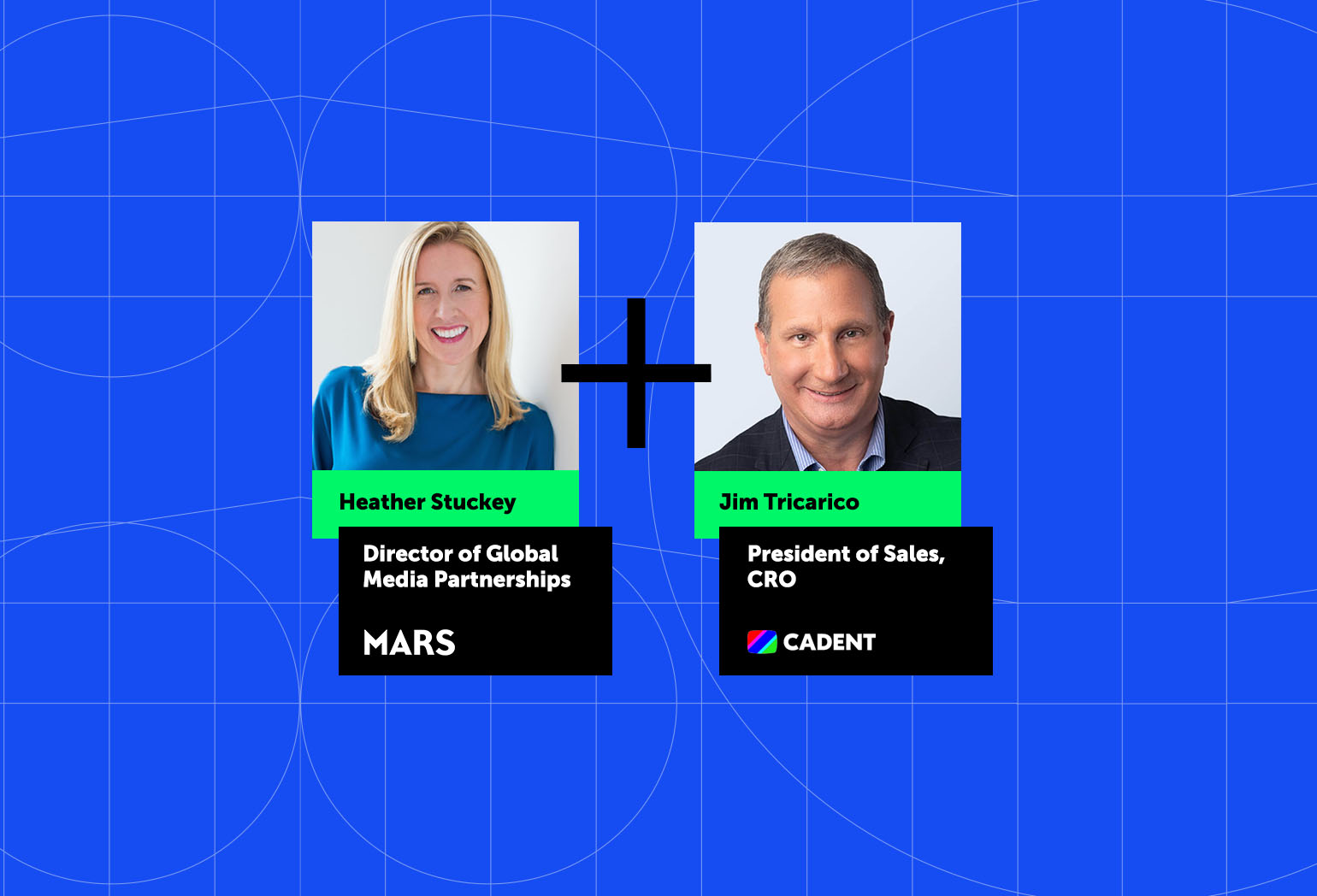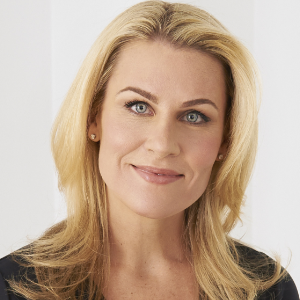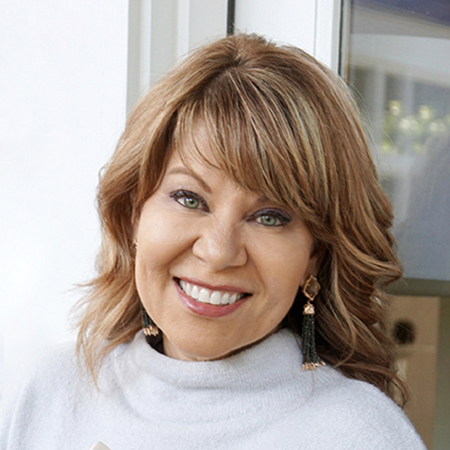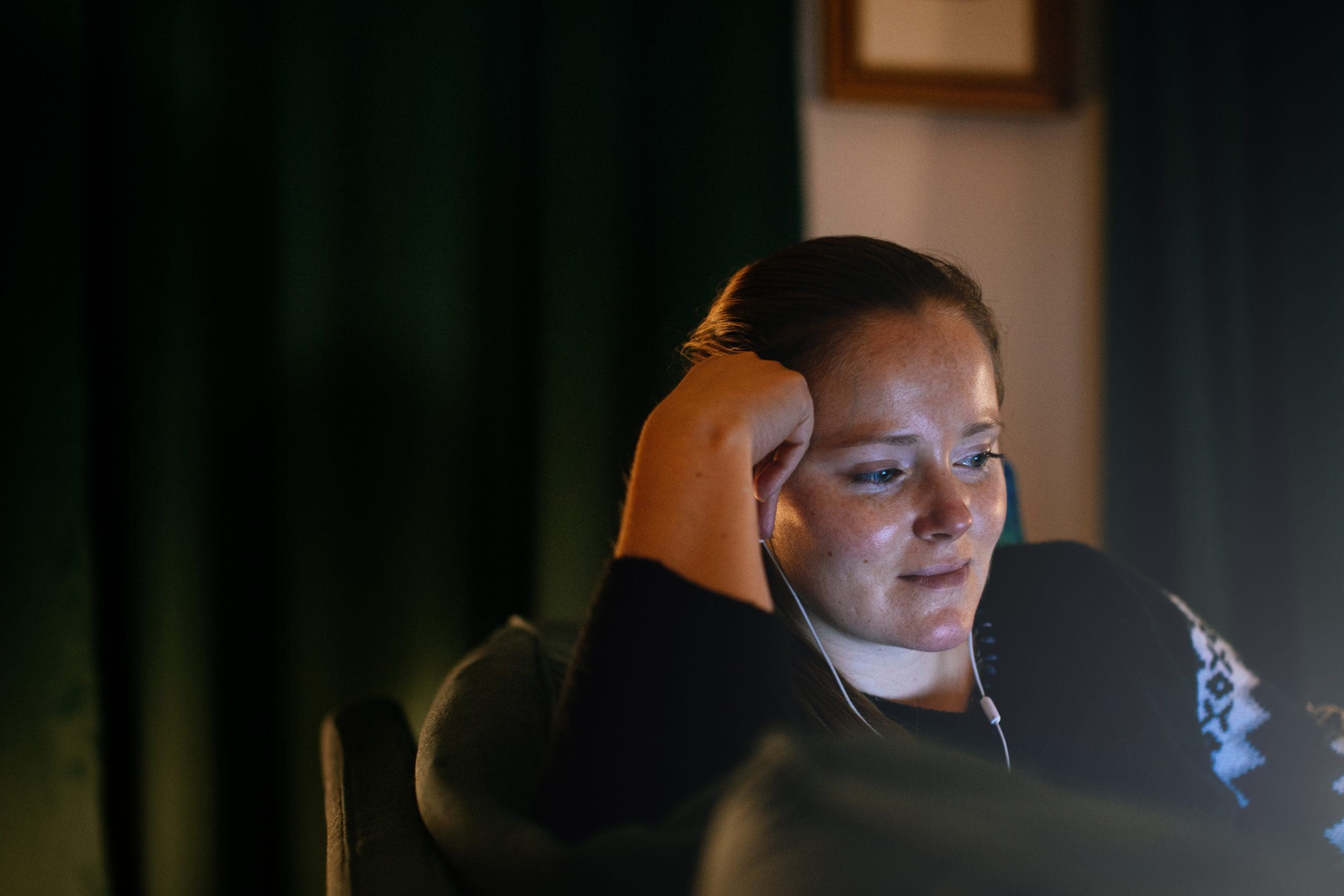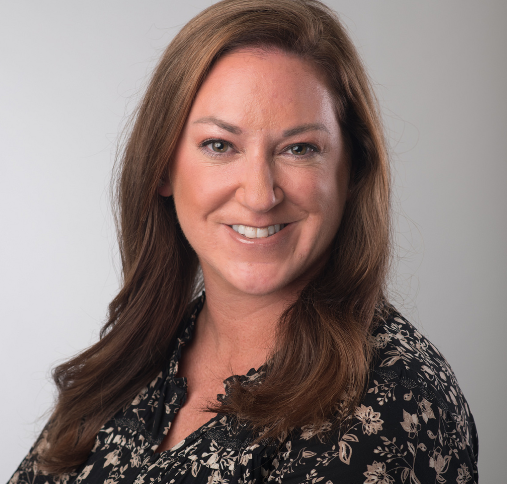By Cassidy Clarke and Hanna Wu
This year’s Cannes Lions International Festival of Creativity brought together leaders from across the advertising industry to celebrate last year’s achievements and explore where the industry is headed. It was the event’s first in-person awards since 2019, yet the week-long event demonstrated that creative ideas, innovative solutions, and collaborative partnerships are pushing the industry to even greater heights. To reflect on what we learned at this year’s festival, we collected a list of 5 key takeaways.
- TV’s data players are advancing interoperability through collaboration and new technologies
Interoperability took centerstage as companies like Blockgraph, Experian, OpenAP, and TransUnion shared how they are partnering to enable better audience technologies for TV and other media channels.
As brands demand greater connectivity between partners and suppliers, the industry at large will need to continue to work together for the benefit of advertisers and their consumers.
- Coinciding media and tech events highlight shifting trends
In addition to the Cannes Lions, several other media-related events took place last week. VidCon and NFT.NYC showcased rising industry trends including video creators, social media influencers, NFTs and elements of Web3 technology.
Companies such as DraftKings, Coach, and Wrangler decided to attend NFT.NYC, while companies like Chipotle, Nestle, and Tinder attended VidCon. Others, including Facebook and parent company Meta, decided to attend all three.
To have that many concurrent events – on opposite sides of the globe – with overlapping themes and stakeholders, it’s clear that the advertising landscape is about to get even more complicated. As new trends in social media, digital video, and crypto continue to emerge, it will be important to keep an eye on their evolution to determine how it will impact the future of media and advertising.
- Entertainment and advertising execs continue to push for true diversity, equity and inclusion
Building on the highly-anticipated return of the Cannes Lions, several organizations used this as an opportunity to reinvigorate conversations around diversity, equity, and inclusion.
During a panel regarding bias in the industry, Issa Rae, the Golden Globe-nominated star and creator of Insecure, challenged marketing and advertising personnel to not only have diversity in front of the camera but to focus on the diversity behind the camera as well. She also revealed that she mandates that all her sets are at least 60% diverse.
In addition to the talk tracks, the World Federation of Advertisers launched a Global DEI Charter for Change at Cannes that identifies 11 ‘main action areas’ that organizations need to take to ensure the marketing industry is truly diverse, equitable, and inclusive. As the industry continues to address its’ shortcomings in DEI, accountability will be critical.
- Marketers are expanding their reach at Cannes using virtual experiences in the metaverse
While Cannes was in-person, brands looking to extend their impact beyond the yachts, beaches and villas decided to take things virtual – reality, that is.
Brands are using the meta verse to create captivating worlds, events, and activities to engage audiences like never before. In fact, McCann Worldgroup used Cannes as an opportunity to create the MWVERSE. Their gallery includes 10 rooms of past and present ad campaigns, with prerecorded discussions from leaders of their creative teams. Post-festival, McCann will be preserving many of these spaces preserved and eventually, plan to use the MWVERSE as a space for their clients to meet, build new campaigns, or host events.
The Cannes Lions is a celebration of creativity, and now with the assistance of the metaverse, more people will be able to express, explore, and connect.
- Advertisers and agencies seek to address the global climate crisis with sustainability initiatives
Advocacy for sustainability held a firm presence at Cannes this year and a prominent theme among many of the festival’s events – as well as stunts pulled by activists – was the call for stronger climate action.
In light of the global climate crisis, leading figures from the global advertising industry announced at their intent to echo and expand the U.K.’s Ad Net Zero objective internationally, with an immediate focus on the US and the EU.
The Ad Net Zero initiative is committed to curtailing operational carbon emissions and using the power of advertising to accelerate the shift to more sustainable products and services in hopes of reducing the carbon emissions from advertising operations to net zero by 2030.
The 2022 Cannes Lions served as a reminder of the resiliency of creativity. Despite the challenges of lockdowns, social distancing, and remote work, advertising and media continue to grow and evolve at a rapid pace. As we look to the months and year ahead, we expect collaboration, innovation, sustainability and DEI will remain a core focus for the industry.








